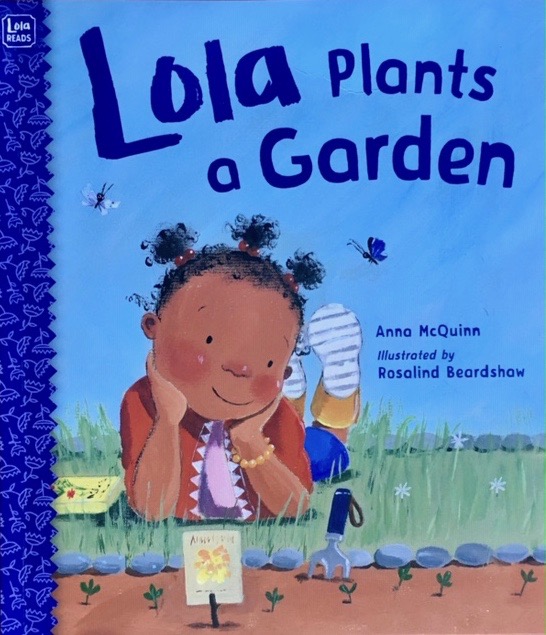What About Imaginary Friends ?
When I was growing up in the 1950's, there was a television program called ," Rin Tin Tin," about a little boy Rusty and his dog. That dog was an unlikely imaginary friend for this three-year-old, but in fact, in my mind, he was always by my side. I even asked my mother to put out special (pretend ) food for my "Rinny."
My granddaughter, who will be three in August, has a best friend who though not entirely imaginary - it is a "Pete the Cat" doll - serves many of the same purposes as a friend that others can not see.
Her "Pete" is a constant companion. He says hello and goodbye to friends and family members easily - a task that can still be daunting to young children. He also can jump and climb and fly, activities that seem magical to my granddaughter. As an only child, most of the time (her half-brother lives in Italy), "Pete" and her many other friends -personified dolls - provide companionship and hours of creative dramatics.
Her “Pete” doll is someone to practice lots of social skills with, like turn-taking and sharing. And he never grabs or tries to take her toys, which sometimes happens at school or at the park with real children. When asked what she wanted to be for Halloween, she quickly answered that she wanted to be her best friend "Pete."
She first became acquainted with Pete while visiting her local Library, where "Pete the Cat" books and songs were introduced. Pete's excellent coping skills provided a wonderful guide for how to deal with life's little disappointments. In the book, Pete the Cat: I Love My White Shoes, when Pete steps into a bunch of strawberries, turning his white sneakers red, the narrative goes like this "Did Pete cry? Goodness no, he just keeps right on walking and singing his song". In another great story, Pete the Cat and His Four Groovy Buttons, when Pete keeps losing his buttons, he maintains, remembering that he always has his "belly button!"
So how should you as a parent approach the imaginary friend or personified doll? Feel free to play along and enjoy. You will learn a lot about how your child thinks and processes his or her experiences. You will also get a glimpse of their problem solving skills as their interactions will be a kind of rehearsal for everyday tasks. And be sure that your child has plenty of unstructured time to imagine and create with these pretend friends. Studies show that only children and kids who don't watch a lot of television are more likely to engage in this type of play because they have more opportunity - time and space. Research also shows that these children are less shy and are better at empathizing with others.
While it is tempting to use the pretend friend to manage behavior, i.e., "Pete says its bedtime," the whole point is to allow your child to control the narrative. That’s part of the magic of open-ended play. And as long as it is within reason, "Pete" needs to follow all the same rules, there is no right or wrong.
When I recently shared the story of my adventures with my imaginary “Rin Tin Tin and Rusty”, with a group of friends, I was quickly introduced to pretend characters named "Bizby," "Transmission" and "Sample" - all beloved make-believe companions from my friends' past.
Please tell us about your child’s adventures with imaginary friends and personified dolls and share your own "Pete’s” and "Bizby's" as well!







